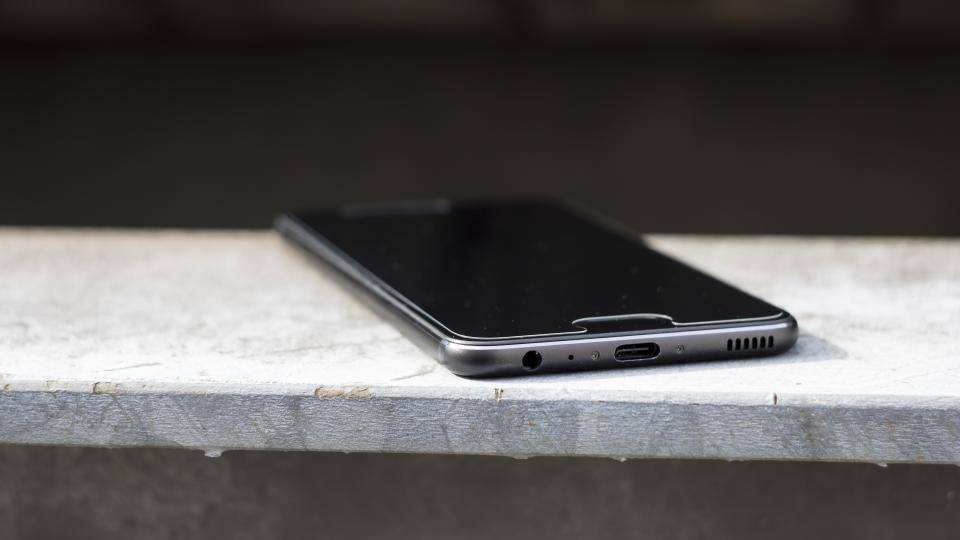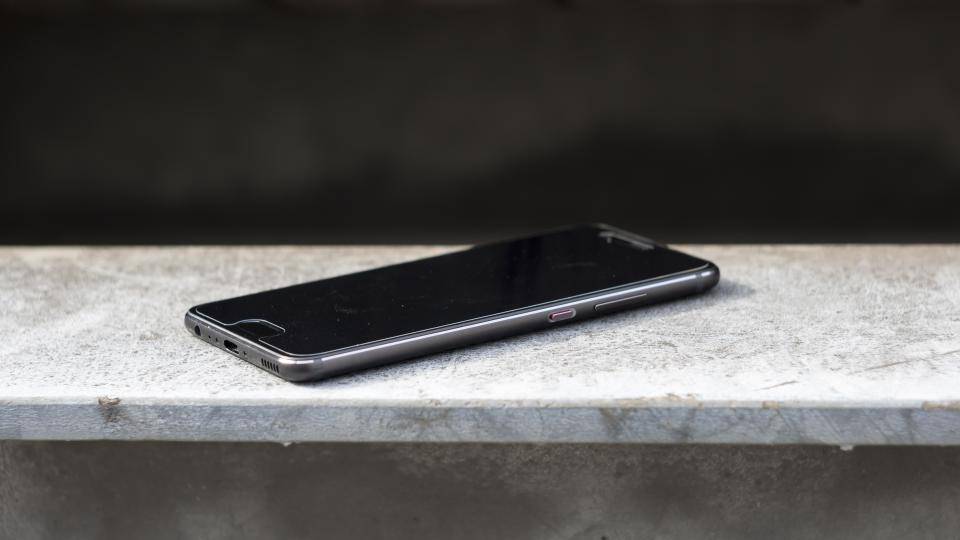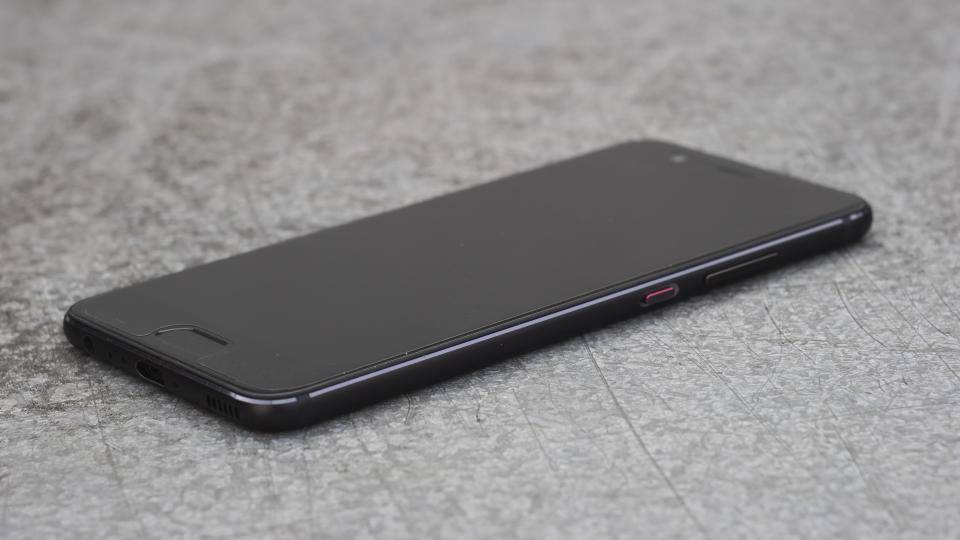The Huawei P10 was released in early 2017, and at the time it offered fantastic performance and an excellent set of cameras. Fast-forward to 2018, and the P10 is now a lot cheaper. Originally reviewed at £550, last year's flagship can now be found for under £350 – a pretty tasty price for an excellent smartphone.
Buy now from Amazon
Our original review of the smartphone continues, below.
Huawei’s P9 was a dual-camera marvel so good that it took us unawares last year. We were impressed, recommending it over some pricier flagship counterparts for those looking for a great camera phone on a budget. This year’s P10 improves on its Leica-branded forebear with a flashier design, speedier internals and Android Nougat, but is it worth the upgrade?
Let’s address that Brexit-sized elephant in the room first. At launch, Huawei’s P10 costs £100 more than its predecessor did back in May 2016. That’s a hefty price bump for a phone considering the same camera is exactly the same as the original.
So what exactly are you paying for here? The biggest difference lies in the P10’s improved physical appearance, which is uncannily iPhone 7-like in design. Huawei has tossed away that easily-scratched all metal silver back of the P9, in favour of a smooth, matte black rear that’s far easier on the hands (and pocket). Whether that swanky redesign is worth the £100 price hike, though, is debatable.

Remember that fingerprint sensor on the back of the P9? Well, It’s gone. Alas, Huawei has opted for a front-facing sensor embedded in the home button below the screen. Extra functions can be added with long presses returning you to the home screen and left swipes bringing up recent apps. It’s a speedy means of navigation, but on-screen buttons can be enabled should you prefer.
Cast your eyes toward the right edge of the phone and you’ll spot the power button and volume rocker, while the left houses the SIM and microSD card tray. There’s nothing on top of the phone, but you’ll find a 3.5mm headset jack and USB Type-C charging port on the bottom. As for colours, the P10 is available in eight pretentiously-named colours: Ceramic White, Graphite Black, Dazzling Gold, Rose Gold, Prestige Gold, Greenery, Dazzling Blue and Mystic Silver.
Huawei P10 review: Performance and battery life
Huawei’s latest handset also gets a healthy update to its internals, with the P10 packing an octa-core HiSilicon Kirin 960 clocked at 2.4GHz paired with 4GB of RAM. There’s a healthy 64GB of on-board storage and a microSD slot so you can add up to 256GB of extra storage.

That sounds impressive, but the really impressive thing is how much of a speed increase this represents. A Geekbench 4 single-core score of 1,940 sees a bump of 12.4% – while its multi-core processing fared a little better at 6,299 for an improvement of 29%. For comparison’s sake, this is about the same level of performance as the Huawei Mate 9 , faster than the OnePlus 3T , Samsung Galaxy S7 in multi-core and the iPhone 7 and 7 Plus . It’s clearly no slouch.
Huawei clearly has its number-crunching game sorted out. What’s even more impressive is how much graphics performance has improved over the past year. It’s night-and-day compared with the Huawei P9. A GFXBench Manhattan 3.0 on-screen score of 50fps is positively stellar, a far cry from the P9’s meagre 12fps. With this, you’ll be whizzing around Asphalt 8’s tracks with no problem at all, and blasting away enemy ships in Sky Force: Reloaded without seeing a single dropped frame.
Even with this boost in power, though, stamina hasn’t suffered. In fact, battery life has seen a bit of a nudge up, though this is one area the Huawei P10 does lag behind its counterparts. In our video playback test, the P10 lasted 13hrs and 12mins, which isn’t terrible, especially compared with the P9’s 11hrs 24mins. It’ll last a day on a single charge, as long as you’re careful.
Huawei P10 review: Software
As you might expect, the Huawei P10 ships with Android 7.0 Nougat right out of the box. The bad news, though, is that Huawei’s EMUI-laden overlay still gets in the way a bit too much for my liking.

Sure, the differences aren’t quite so polarising nowadays and EMUI doesn’t look quite so bad. However, Huawei persists in replacing Google’s pull-down notifications menu with its own space-wasting effort, and the lack of a proper app drawer is very irritating.
Huawei P10 review: Display
On the front of the P10 you’re treated to a 5.1in, 1,080 x 1,920 resolution IPS display. It’s bordered by seriously thin bezels on either side, and text and images looked perfectly sharp and crisp, despite the fact that’s it’s a little down on pixel count compared with phones like the Samsung Galaxy S7 and S7 Edge . The P10’s pixel density is still perfectly respectable, though at 432ppi.
That IPS display was able to display 99.9% of the sRGB colour gamut according to our X-Rite colour calibrator, and the contrast ratio of 1,219:1 does plenty of justice to the photos captured by the P10’s dual-cameras. A maximum screen brightness of 497cd/m2 doesn’t represent a meaningful improvement over the P9’s 489cd/m2, but it will serve you well when it’s sunny outside.











